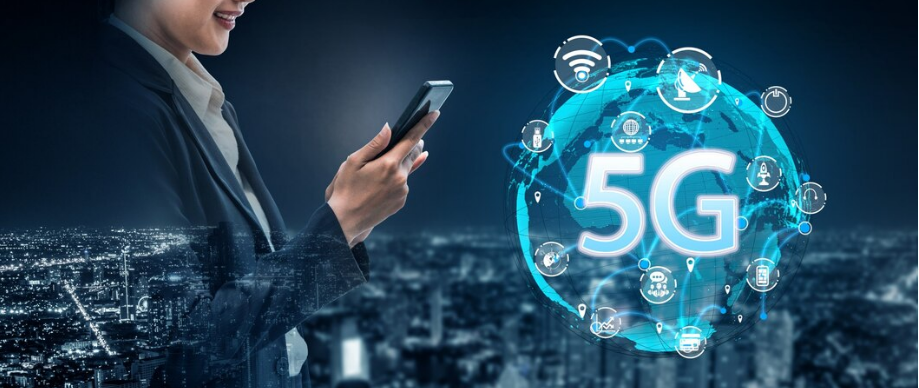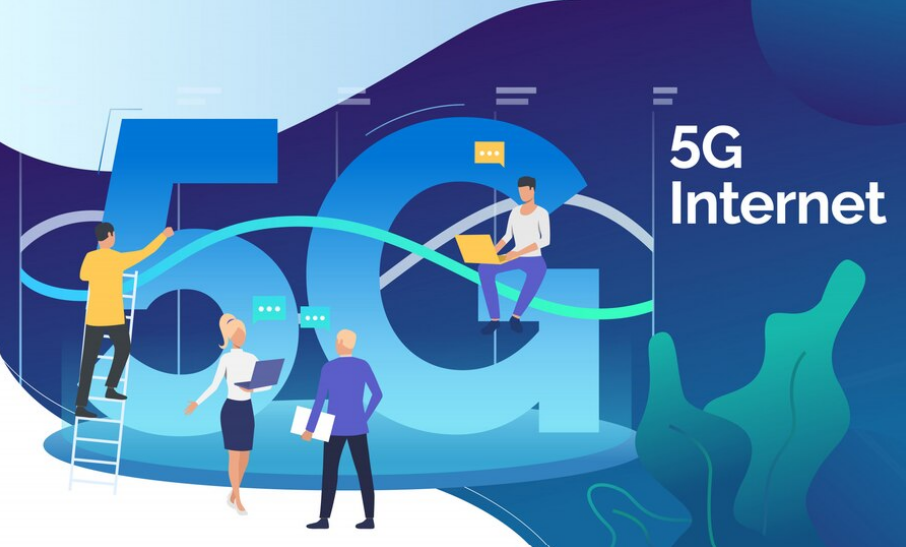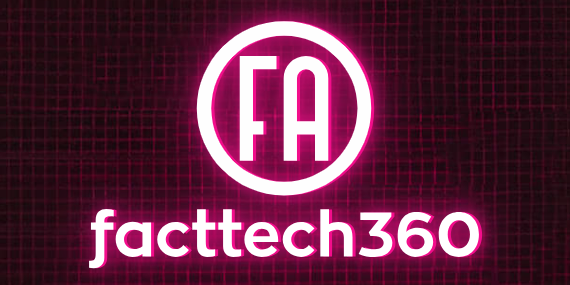5G Technology the fifth generation of mobile network technology, is an improvement over 4G in many ways, offering greater speed, capacity and connectivity. In this article, we take a closer look at the nitty-gritty details of 5G technology development over time, fundamentals of 5G technology, advantages and limitations of 5G technology with examples and propose how different markets will be affected by its arrival.
5G: A Technology Marvel
What is 5G Technology?
More on 5G is considered the next step for mobile network technology designed to allow for ever more data and connectivity. 5G Technology is characterized by three main advancements – enhanced mobile broadband (eMBB), ultra-reliable low latency communication (URLLC), and massive machine type communications (mMTC).
Enhanced Mobile Broadband (eMBB): 5G Technology offers much higher data rates, allowing for more refined streaming, quicker downloads and overall richer multimedia experiences. They do this with such advanced features as beamforming and millimeter-wave (mmWave) frequencies.
Ultra-Reliable Low Latency Communication (URLLC): This makes use of the Millisecond (5G optimizes network latency to as low as 1ms), and makes real time applications like autonomous driving, remote surgery, AR, safe and enjoyable.
Massive Machine-Type Communications (mMTC): 5G massive number of connected devices like IoT, smart cities and industrial automation requirements are met in this category.
The Journey from 1G to 5G
There have been some key milestones throughout the phase of evolution that mobile network technology has been through,
1G: launched in the 1980s, The first generation of wireless cellular technology, which supported analog voice communication.
2G: Launched in the 1990s, 2G brought digital voice communications along with short message services (SMS) and limited data functionality.
3G: The early 2000s saw another big jump in mobile connectivity with 3G bringing faster data rates allowing for mobile internet, video calls and multimedia messaging.
4G: Debuted in the early 2010s, 4G offered faster internet speeds, capable of HD video streaming, online gaming, et al.
5G: which was officially launched in the late 2010s, offers orders-of-magnitude improvements in speed, capacity, and connectivity, enabling new applications and services.
5G Technical Prerequisites

Spectrum and Frequency Bands
A significant departure from those bands, 5G Technology is able to operate on a broader range of frequencies. These include:
Low-Band Spectrum: Known as Sub-1 GHz, they provide broad coverage and good penetration in buildings but slow speed
Mid-Band Spectrum: This spectrum is more balanced, providing speeds that can still be deployed in densely populated areas while offering widespread coverage.
High-Band Spectrum (mmWave): Utilizing spectrum above 24 GHz, mmWave is able to deliver extremely high speeds and capacity but with only limited coverage and penetration – suited to dense urban areas and certain specific peak demand situations.
Network Architecture and Technologies
To accomplish its ambitious goals, 5G employs a variety of cutting-edge technologies including:
Massive MIMO (Multiple Input Multiple Output): Massive MIMO leverages a large number of antennas to serve multiple users in parallel, thus boosting throughput and spectral efficiency.
Beamforming: It transmits fennels in certain directions instead of transmitting blindly for quality of signals more power and avoid interference.
Network Slicing: It enables many virtual networks on a single physical 5G network that we can use for selecting such version of services or industries.
Edge Computing: The localization of computation and data storage near the location in which it is needed allows for much lower latency and improved real-time processing.
The Core Network
The core of the 5G network runs on a software-defined networking (SDN) and network function virtualization (NFV) architecture to allow resources to be allocated on demand and traffic to be managed dynamically.
The Benefits of 5G
Speed and Capacity
The technology also heralds download speeds that are up to 100 times faster than currently available on 4G, with full HD movies expected to be downloadable in seconds, seamless streaming of 4K and 8K video, and richer virtual reality and augmented reality experiences.
Latency Reduction
5G Technology, which has a decreased latency of 1 millisecond this means that real-time applications can be performed. This is critical for even innovations like self-driving cars that need to be able to communicate in real-time with one another to navigate safely.
Enhanced Connectivity
5G Technology is expected to be able to connect one million devices per square kilometer, supporting the growing Internet of Things. Such as smart homes, smart cities, industrial IoT and some other healthcare systems are connected devices throughout the globe that are easily hackable.
Economic Impact
Different researchers have found 5G Technology to add a significant value in terms of global economic growth through triggering new business opportunities, increasing productivity and generating employments for various industries.
Challenges in 5G Deployment
Infrastructure Requirements
The deployment of 5G Technology introduces several challenges, including the need to invest significantly in infrastructure such as New Base Station, antenna and fiber optical network. This is especially difficult in rural and underserved areas.
Spectrum Allocation
Seamless spectrum allocation and utilization with harmonious end to end architecture is a crucial necessity for 5G Technology implementation. Governments and regulators need to balance 5G requirements with those of existing spectrum users.
Security Concerns
Since 5G networks support many critical infrastructure and services so they are more prone to cyber-attacks. Robust security measures are really necessary to secure the data and build trust on the network.
Health and Environmental Concerns
Debates continue on the potential health risks of increased radiation exposure from 5G networks. Moreover, this means new infrastructure that may be deployed and manufactured at a steep environmental cost.
Transformative Impact on Industries
Healthcare
5G Technology makes healthcare significant changes to:
Telemedicine: Secure video calls & monitoring virtual visits with patients.
Robotically controlled surgical instruments: Surgeons can operate on a patient hundreds of miles away with robot-controlled tools, moving in real-time.
Wearable Devices: IoT Wearable Devices, enable constant healthcare monitoring of vital signs, and deliver near real-time data to the health professional.

Automotive Industry
The biggest beneficiary of 5G Technology will be Automotive:
Autonomous Vehicles: Dependable, low-latency communication is critical for the efficient and secure operation of connected vehicles.
Connected Vehicles: With advanced V2X (vehicle-to-everything) communications, traffic management, safety and efficiency are all improved
Smart Cities
5G will Facilitate Smart Cities with:
Smart Grids: Intelligent electricity feed-in and coordination.
Public Safety: Next-gen surveillance, and situational awareness.
Environmental monitoring: Sensors to monitor air, noise levels, etc.
Entertainment and Media
A New Genre of 5G Opportunities for the Entertainment Industry
Augmented and Virtual Reality: Advanced AR and VR experiences in gaming, education, and training.
Live Streamers: Higher quality live streaming and improved interactive experiences for a remote audience.
Data creation: Faster data rates will allow the faster production and distribution of quality content.
Industrial Automation
The next cycle of industrial automation will be driven by 5G:
Smart Factories: Monitoring and Controlling Manufacturing Processes in Real-Time.
Predictive Maintenance: One of the use-cases of IoT Predictive Maintenance, sensors in the equipment sends data to the cloud informing about its health status and we can schedule maintenance accordingly.
Robotics: High performance, feedback-controlled robotics.
The Future of 5G
Beyond Mobile Connectivity
5G ISN’T JUST FOR MOBILE – Despite being an enabling technology for all kinds of industries and fields of research, wearable insecurity isn’t possible without the 5G that makes them speak. It will show its impact in aspects like: –
Agriculture: Precision Farming connected sensors and drones.
Teaching: How to immerse students in interactive reality with remote learning techniques.
Campus: Smart classrooms with AR, custom services in libraries and supply chains. Retail: AR-based customer experiences; personalization at scale in shopping and smart supply chains.
The Path to 6G
At the same time, work on 6G has begun even before the widespread adoption of 5G. 6G aims to boost speed, capacity, and connectivity to even higher levels and could do so by tapping new frequencies such as terahertz waves while utilizing advanced technologies like AI-managed networks and quantum communication.

Global Collaboration
5G is a global technology that requires the co-operation of governments, regulators, industry and our customers to make it successful. Cross-border standardization, spectrum allocation, and security protocols be harmonized to enable the smooth running of 5G at a global scale.
Conclusion
5G is a big picture shift in mobile communication with its speed, capacity and connectivity! It will disrupt industries and inspire new possibilities for innovation and economic advancement. But rolling out 5G deployments poses challenges requiring fiscal stakeholders to act through careful investment, regulatory and international collaboration. Now, on the precipice of a new connectivity era and faced with all that 5G stands to offer, we have an opportunity to charge forward, literally into a world unlike any we’ve ever known while laying the groundwork for next level of mobile technology.
How does 5g technology enhance the internet of things (Iot)?
The Internet of Things (IoT) is another major use case that can be improved with 5G, as the new technology addresses some key limitations of earlier network generations and makes IoT applications more durable, reliable and ready for a broader scale. Some of the major ways through means 5G is revolutionizing the IoT space are:
1. Increased Device Density
2. Enhanced Speed and Bandwidth
3. Ultra-Low Latency
4. Reliability and Availability
5. Network Slicing
6. Improved Energy Efficiency
7. Enhanced Security
8. Edge Computing Integration
What is 5g technology?
5G is the fifth generation of mobile network technology and brings much higher speeds, lower latency, as well as expandable capacity. It allows improved mobile broadband, ultra-reliable low latency communication, and massive machine-type communications to coexist on millions of interconnected devices. Being able to operate across low, mid, and high (millimeter wave) spectrums at a higher frequency than 4G, 5G will enable not only increased data speeds but also the extended use of mobile broadband into areas such as self-driving cars, smart cities, telemedicine and industrial automation. With its advanced features and capabilities, it is expected that Web 3.0 is going to change the way people communicate, connect with each other and their overall digital experience.

